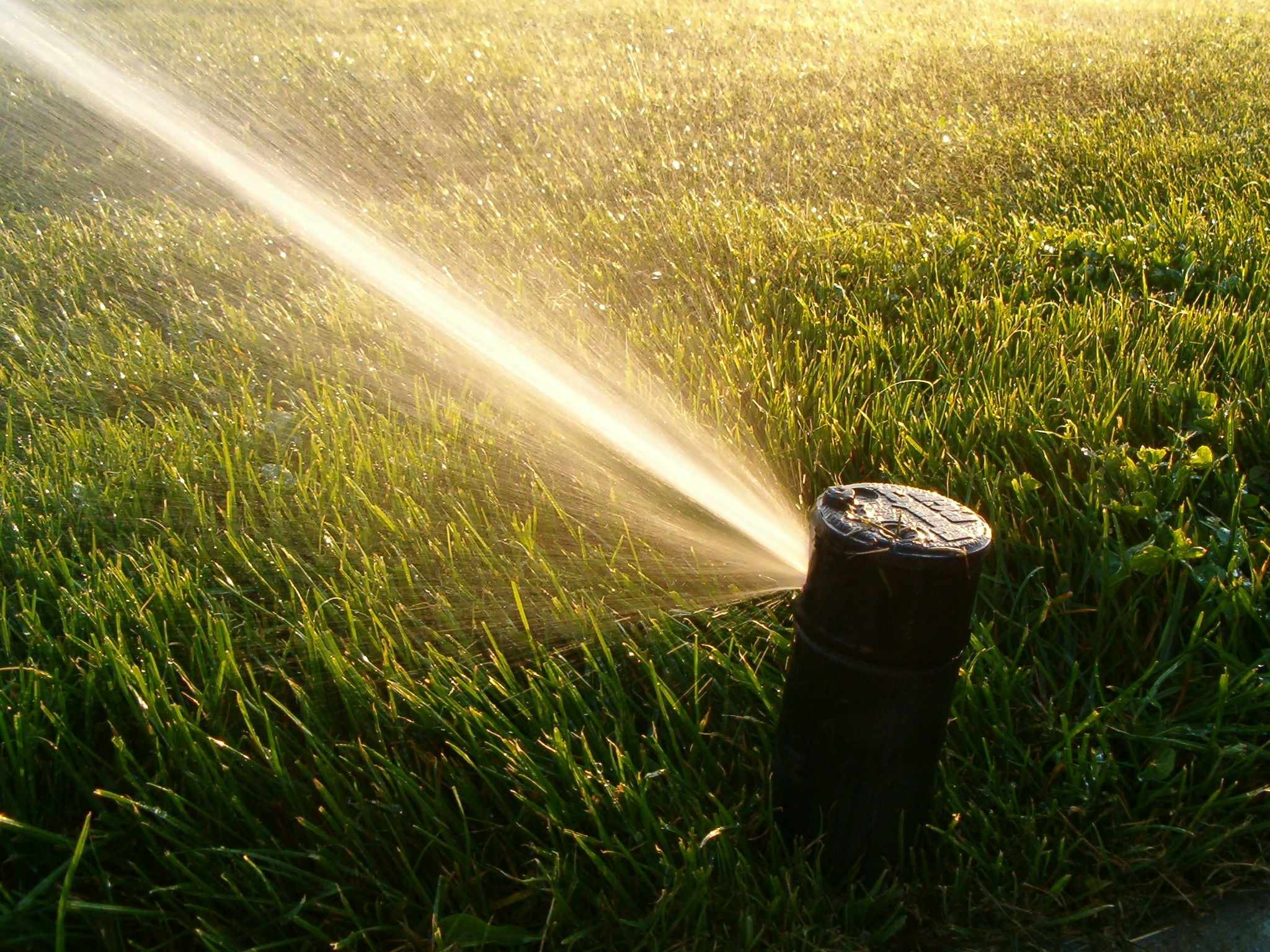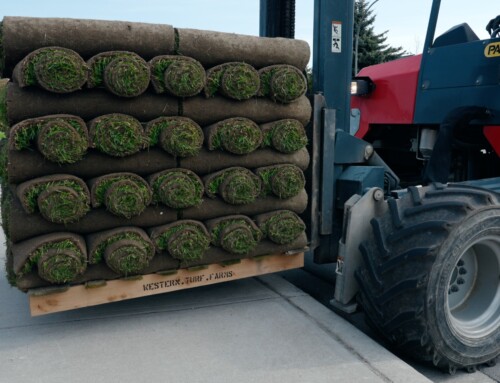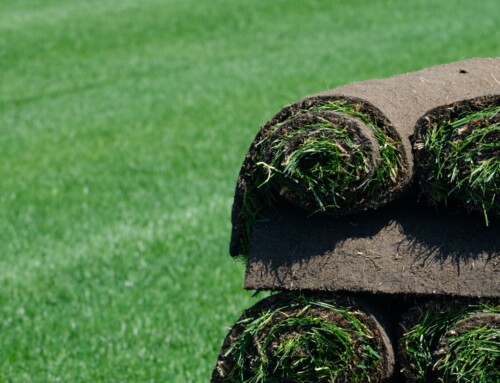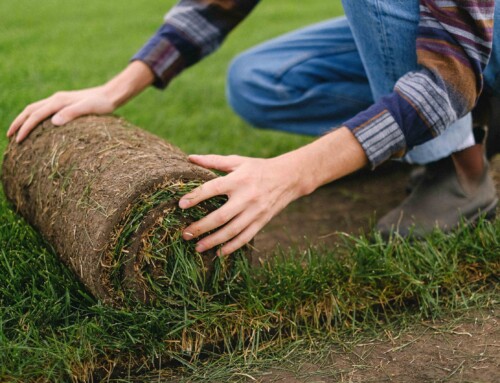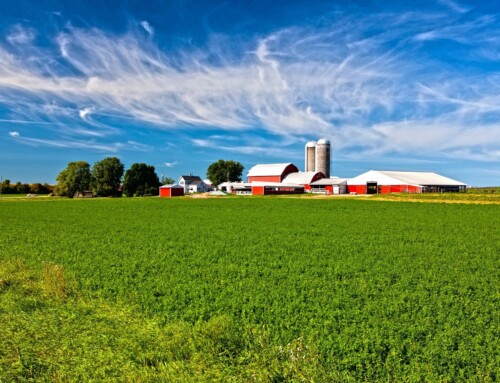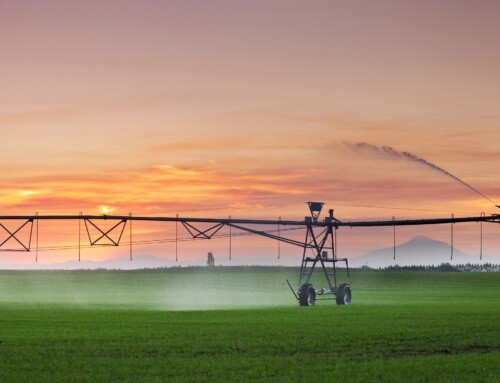Water Conservation has become much more than an Environmentalist fad. With increasing population density in urban areas and weather extremes from progressive climate change, water conservation is here to stay!
Although Western Canada and the interior regions typically enjoy regular (or even heavy) rainfall, many municipalities lack the ability to capture and store adequate quantities of water to support the steadily growing population of the Lower Mainland. (As of the last census in 2011, Metro Vancouver had doubled its previous recorded growth rate and reached a population density of 802.5/km2, 2078/sq mile!)
Homeowners feel this limitation most during the hottest months of the year when household water consumption tends to double, causing many providers to enact community wide watering bans to preserve reservoir levels.
Is Natural Grass Still Practical?
With drought and municipal watering bans becoming more common, many homeowners are asking if their beautiful green lawn is still a sound investment? Here at Western Turf Farms, we think it is.
Lawns are much more than just an aesthetic asset. People often forget that lawns are dense plantings of plants, providing all the same benefits as the trees, shrubs, and perennials inhabiting our gardens. Over the last few years universities across North America have taken a close look at the effects of installing lawns in urban environments, and consistently shown that a healthy lawn provides urban and suburban dwellers with a myriad of benefits. It absorbs carbon, produces oxygen, absorbs and filters stormwaters and run-off from around buildings, turf has even been shown to lower temperatures in urban areas by as much as 10 degrees!
As appealing as an artificial turf or a low-maintenance rock garden may sound to save water consumption, the downside of reducing grassed areas or letting grassed areas go dormant, especially in high density urban areas in the heat of summer, is often under-estimated.
Dismantling the Myth: Healthy Lawns Require Heavy Watering
While there are always exceptions to the rule, the majority of lawns require no more than 1 inch of rainfall or irrigation each week. More than that, and you may actually be reducing your lawn’s ability to tolerate and bounce back from summer’s inevitable stressful conditions. Here, we take a look at some of the best practices for watering your way to a resilient lawn.
It’s All in the Roots
Like most plants, grasses rely on extensive root systems to pull up water from the surrounding soil. When lawns are watered often, grasses develop a very shallow root system – why go through the extra effort of digging deep when water is so readily available on the surface? The problem with this approach is that when high temperatures combined with watering bans or droughts occur, shallow rooted turf lacks the ability to tap into the moisture that’s found deeper in the soil. These lawns are ultimately less tolerant of drought and water bans, and more prone to (permanent) damage as a result.
The trick to promoting deep-rooted and resilient turf is to water deeply and infrequently. Ideally, you should be providing your lawn with about 1 inch of water or rainfall each week, preferably all at once. This practice results in water seeping into the top 6 inches or so of the soil, encouraging grass roots to delve deeper to locate available moisture the soil surface dries during the week.
Tip: When irrigating, plan to water early in the morning to avoid losing water to evaporation! Between 4am-6am is typically ideal.
Looking to invest in an irrigation timer? Stop by your local Home Depot for a budget-friendly model or click around the Rain Bird website for something a little more high-end!
Letting the Lawn go Brown
When lawns become stressed during periods of extreme heat or drought, grasses will go dormant, concentrating all available moisture on their roots, crowns, and rhizomes and allowing green blades to fade to brown. When in a dormant state lawns can maintain themselves without water for up to 3-5 weeks before permanent damage (dieback) begins – the healthier the lawn to begin with, the longer it can maintain itself in dormancy before damage occurs!
If your lawn does become stressed to the point of damage, expect to see brown patches and bare spots of various shapes and sizes, and an uptick in weeds in general. When the damage is minimal and patches are small, turf may recover on its own over time, though it will benefit from overseeding in the fall. For larger patches, plan on overseeding or laying sod to repair the damage.
If drought conditions persist for prolonged periods, turf experts recommend providing brown lawns with ½ inch of water every 7-10 days. This keeps crowns moist without re-greening the lawn, significantly reducing the risk of damage or die off long term. Once regular watering resumes, homeowners can expect to see their lawns green-up quickly so long as crowns and roots remained moist.
Tip: Lawns located near drives, walkways, curbs, even building foundations often dry out faster than the rest of the lawn due to radiant heat from the concrete. Spot water as needed to maintain lawn health!
Note: For Sports Fields and Golf Courses that are typically installed on fast draining soil, it often makes more economical sense to maintain grass growth while reducing water use with a variety of different strategies.
Installing a New Lawn? Start Smart with Drought Tolerant Grasses
When creating a water-wise lawn it’s important to choose your sod blend carefully. The goal is to choose a sod varietal or sod blend that is adapted or formulated for your unique environment and capable of tolerating drought conditions as well as periods of heavy rain.
Our Enviro Organic Sod is a great example of this! We’ve created it with a blend of Kentucky Bluegrass and Fescue to provide homeowners with a durable green lawn that requires less water and recovers well from periods of drought and frost.
Stop by our blog: Be Eco Friendly with Drought Resistant and Low Water Sod to learn more about the benefits of Low-water Sod!
Best Practices for Promoting a Water-Wise Lawn
Give Existing Irrigation a Health Check
Over time irrigation systems can develop unique personalities as a result of regular wear and tear. Too much pressure in one area might result in excess water loss while too little pressure in another might signify a leak. Contact your local irrigation company to set up a yearly assessment – catching and correcting problem spots before they get out of hand can lead to big savings over time.
Mowing Matters
During the heat of summer, mow high, and mow often! It might seem counter intuitive, but lawns with taller grasses shade the surface of soil, preventing evaporation. Setting your mower deck just 1-2 settings higher can help your lawn resist drought more effectively. At the same time, plan to mow often if the grass is still actively growing. Regardless of the season, homeowners should avoid taking off more than ⅓ the height of the lawn at one time as this stresses the grasses and leaves it more vulnerable to drought, pests, and diseases.
Promote Healthy Roots Year Round
Root production can occur at any time of year provided the ground isn’t frozen. Taking the time to apply Winterizer during your Fall aeration and overseeding encourages grass roots to continue growing and storing energy throughout the winter months, resulting in a stronger, lusher lawn the following year.
The Bottom Line
Don’t ditch natural grass! Lawns are still a valuable part of residential landscapes, playing a key role in promoting a healthy environment for everyone. So skip the artificial turf and invest your time and money into water-wise grass blends and management instead.
Have questions, comments, or concerns? Stop by our Facebook page and let us know – we’d love to hear from you!
Additional Resources:
http://www.thelawninstitute.org/
http://www1.agric.gov.ab.ca/$department/deptdocs.nsf/all/agdex8585#Repairing

